

FLORIDA
October 2006

2 of 3


FLORIDA
October 2006


2 of 3
The opposite of a cypress head is a hardwood hammock. Instead of colonizing wet depressions, species such as
gumbo limbo, tamarind, and strangler figs take hold where their roots stay dry. On slightly elevated limestone ridges,
sometimes only inches higher than the rainy-season water that spreads across the Glades, tree islands rise above the
surrounding sawgrass.
Along the thicket that grows around the edges, acids from decaying vegetation dissolve the limestone, forming
moats that remain wet even in the dry season, thus protecting the trees from fire.
These barriers of standing water and open sawgrass also isolate populations of the beautiful Liguus tree snail.
Restricted to individual hammocks, some snails have evolved patterns unique to their particular tree island; overall,
more than 60 different color varieties have been identified in the Everglades.
Here’s a sampling from a few of the hammocks we explored:
.
Snails aren’t the only creatures hanging around hammocks:
Yellow Rat Snake
Elaphe obsoleta quadrivittata
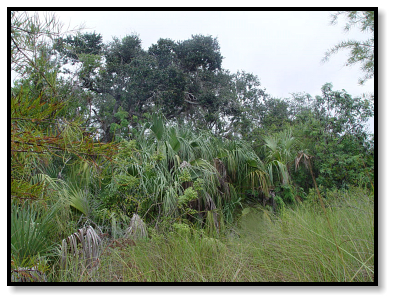
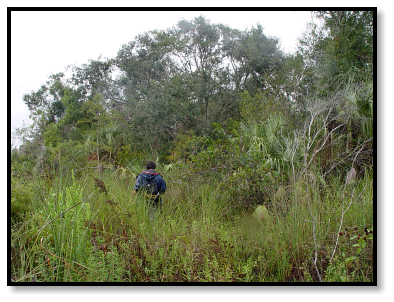
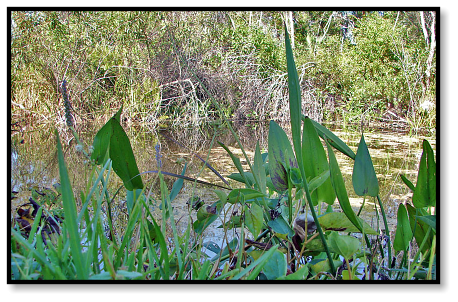
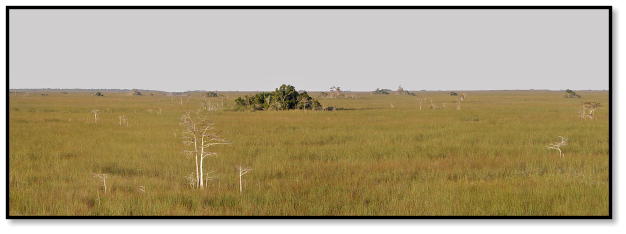
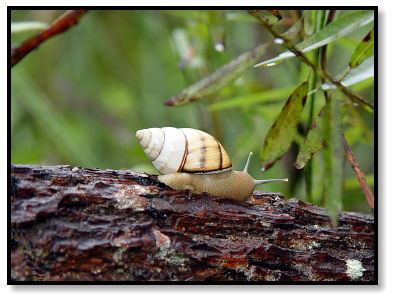
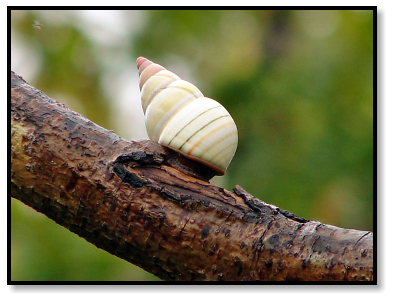
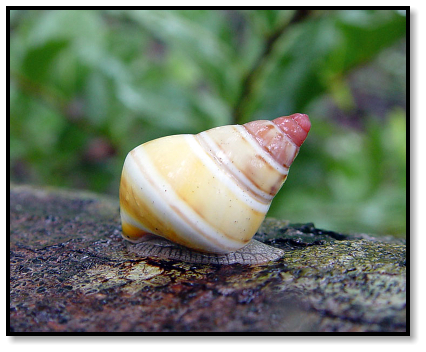
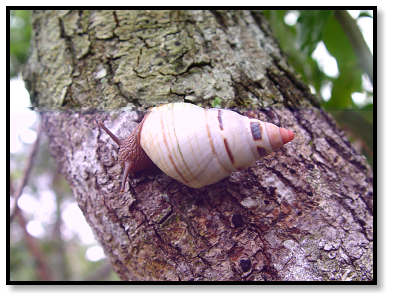
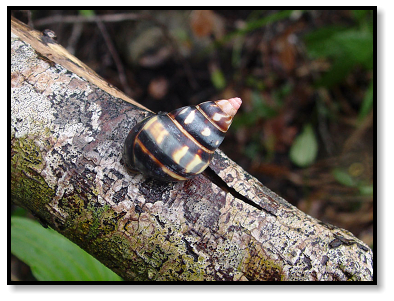
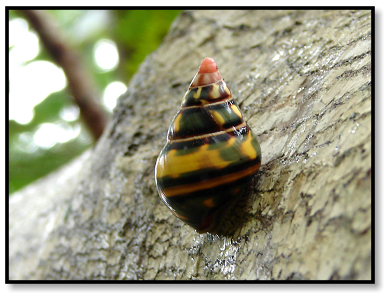
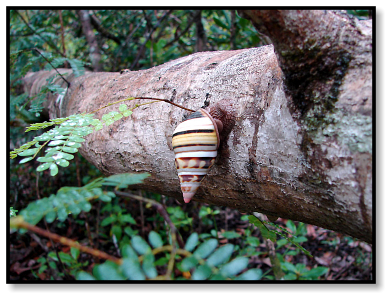

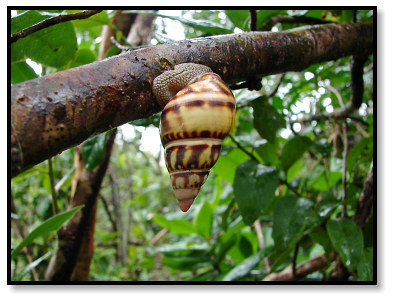

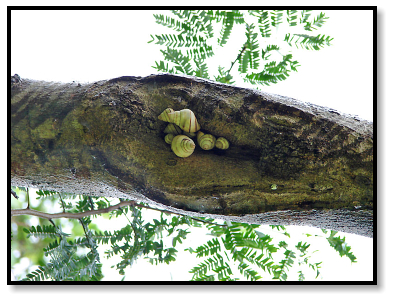

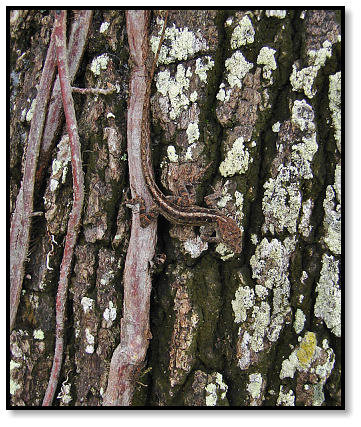


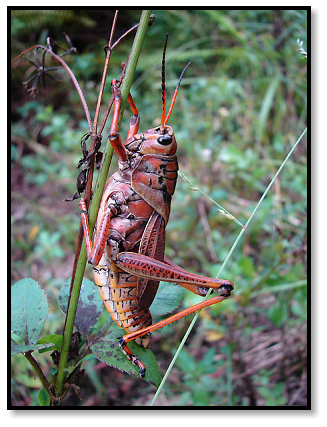

Brown Anole
Anolis sagrei
Lubber Grasshopper







